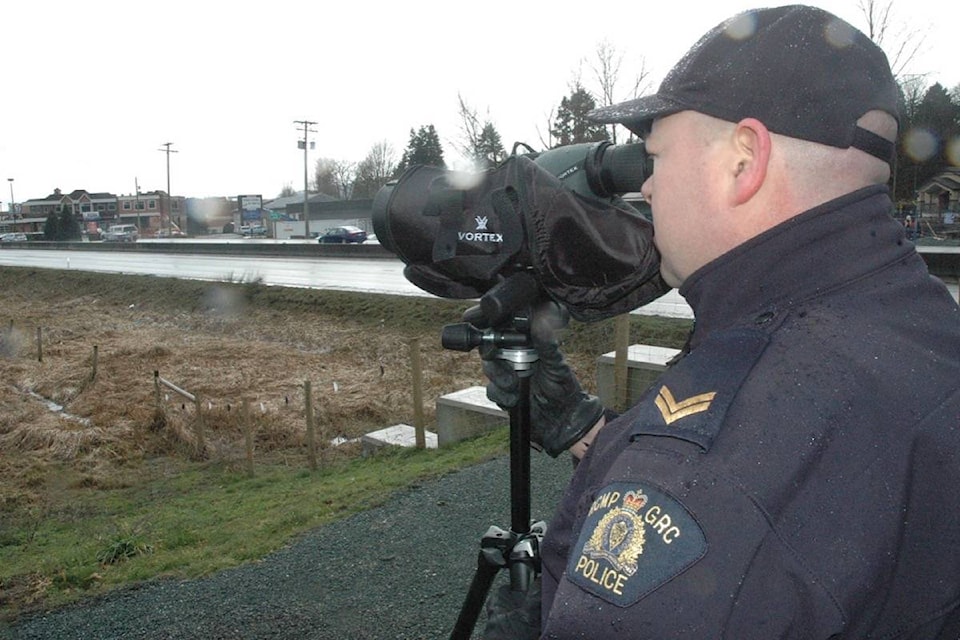By Tim Schewe
Lidar sends out a train of laser pulses in a tight beam that would be about the diameter of an orange at 300 metres distance. When it receives a significant number of those pulses reflected back from the target vehicle it will do the math on the time to return and display the target vehicle’s speed.
If something was not right, instead of a speed it would display an error code. As long as the error was not due to a system failure of some sort, you could correct it and immediately try again.
When a speeding ticket was disputed I had to satisfy the court by testimony that I had qualified to use the lidar, it had been tested and found to be in proper operation, the motor vehicle driven by the accused was targeted correctly and a speed that corresponded to visual observation was measured. It goes without saying that the measured speed had to be higher than the prevailing speed limit for the location of the offence.
At that point, the onus of proof to the contrary shifted to the disputant. In my experience, if the officer did everything as they were trained to do correctly this type of speeding evidence was difficult to disprove.
Tim Schewe is a retired constable with many years of traffic law enforcement. To comment or learn more, please visit DriveSmartBC.ca
